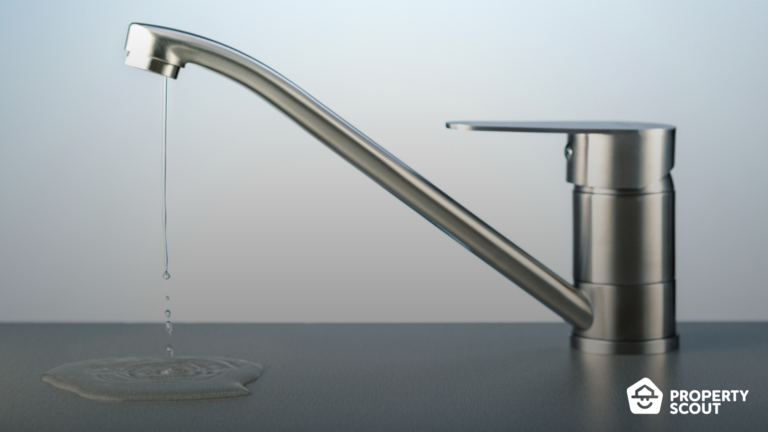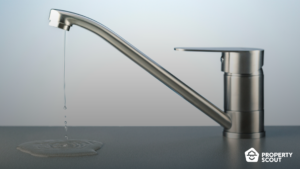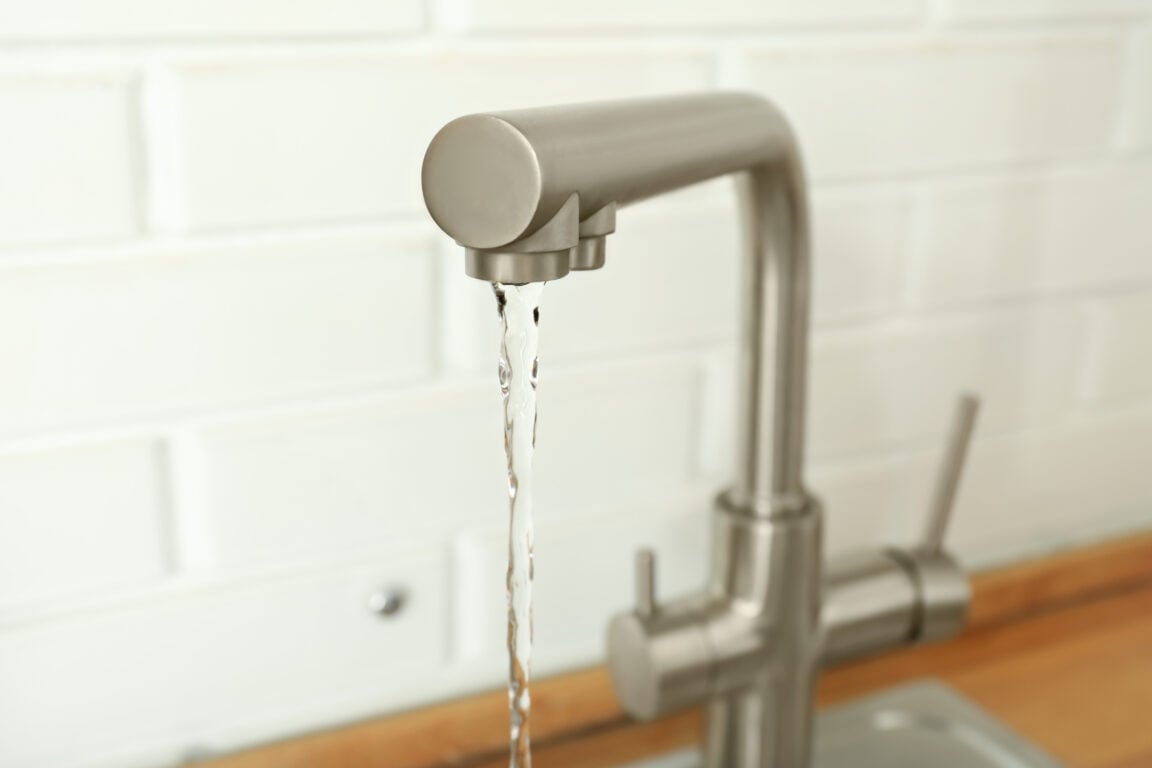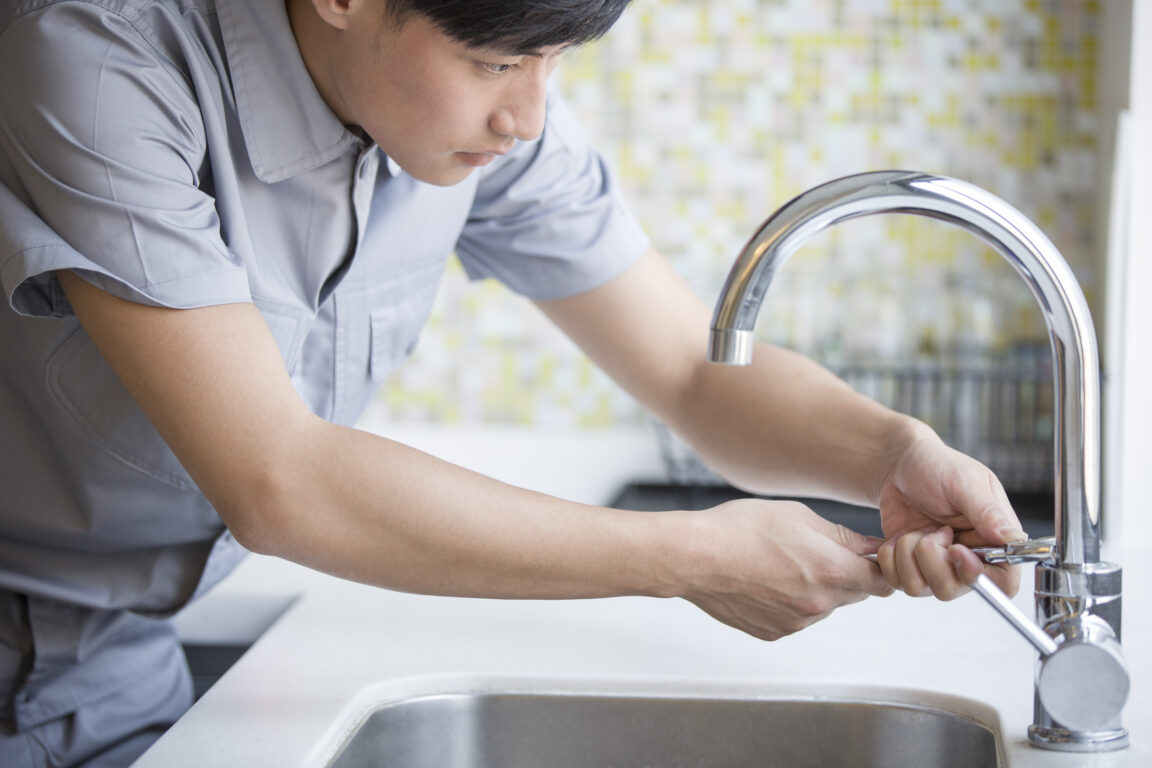Unveiling the Mysteries of Enhancing Water Flow: A Guide to Resolving Slow Stream Issues


Don't you just hate it when you're in the middle of a soothing shower and the water starts flowing at a sluggish pace or, worse yet, completely stops? Slow or weak water flow is a frustrating issue that many homeowners have encountered. But fear not! In this blog post, we'll uncover the reasons behind this pesky problem and equip you with practical solutions to tackle it head-on. Before calling in the professionals, let's dive into the root causes and DIY fixes that can save the day. Get ready to unleash the full potential of your water flow with our expert tips from PropertyScout.

Identify the Causes
Many people may have wondered why the water flow in their homes is slow, weak, or even non-existent, causing delays in daily tasks such as showering or washing dishes. Check if these common issues are the cause of your water flow problems:
Simultaneous Water use from Residents

This issue becomes more evident in homes with inadequate water pump sizes, especially when multiple water outlets are being used simultaneously. Insufficient water supply to each point can lead to frustrations. Imagine taking showers in multiple rooms, resulting in a competition for water flow, ultimately causing reduced water pressure in every room. Sometimes, waiting for turns to use water becomes an added time-consuming hassle.
Solution
- Check the size of your water pump and make necessary adjustments to enhance water pressure throughout your home's plumbing system. By ensuring a suitable pump size, you can effectively distribute water to every point, providing consistent water flow.
Insufficient water pressure within the house

For multi-story houses, there is a higher chance of encountering this type of problem. Typically, water cannot naturally flow to higher levels, preventing it from reaching upper-floor water outlets. Moreover, if the water pump size is inadequate, it will be unable to generate sufficient pressure. Additionally, faulty pump operation or poorly designed plumbing systems can restrict water from reaching upper floors uniformly.
Solutions
- Perform a preliminary inspection of the water pump's operation or check the suitability of the pump size and make necessary adjustments. If the water pump has not been installed, consider installing one along with a water storage tank.
- For multi-story houses, it is recommended to install a water supply system with a lower-level water pump and two water storage tanks. One tank should be installed on the rooftop to supply water to different parts of the house, while the other tank should be installed on the lower level, connected to the plumbing system and providing water to the upper tank. This system helps ensure adequate water pressure throughout the house.
Faulty plumbing equipment

If there are damaged or broken plumbing equipment, it can result in slow or no water flow. For example, if a toilet bowl or water storage tank is damaged, it can cause continuous water leakage. Additionally, visible pipe ruptures due to accidents or leaks in pipes hidden within walls or ceilings can also affect water flow.
Solutions
- In simple cases in which the situation can be remedied, simply remedy the issue yourself as quickly as possible.
- In extreme cases, however, seek professional help to resolve the problem. Delaying the repair can lead to increasing water costs and additional expenses resulting from these issues.
Water Meter Issues

Sometimes, the water meter can be another point of origin for slow water flow issues. The water meter is an intermediary device connected to the main water pipe that measures water usage. If this device is damaged, it can become a potential problem.
Solutions
Check the water meter first, as there are two possible routes for the water flow. One is through the meter from the main water pipe, and the other is through the pipe into the house. Try opening the water from the meter side and observe whether the water flow is weak or strong.
- If the water flow is weak, it indicates that there may be a problem with the water meter or the section before the water enters the meter.
- If the water flow is strong, it indicates that there may be a problem with the pipe connecting from the water meter to the house. Try replacing the pipe and test it again. If the water flow remains strong, it indicates a major problem. It is advisable to promptly seek a plumber to inspect and fix the issue.
Clogged Pipe

Finally, if the plumbing pipes accumulate debris, such as sediment, dust, or clogged materials, causing blockages, it can be another cause of slow water flow or weak water pressure. If left unattended for a long period of time, it can also affect the functionality of fixtures such as faucets, shower heads, or water filters. This can have a significant impact on the residents' overall health and well-being.
Solutions
- Simply clean the pipes, tap, shower, or sources of periodic water usage to help ease the water flow.
- In case of aging or rusting metal pipes, replacement is highly recommended. Notice the potential buildup of rust or sediment throughout usage.
Conclusion
In conclusion, PropertyScout aims to assist homeowners in resolving their concerns regarding slow water flow by providing insights into various possible causes. It is crucial to promptly and accurately identify these causes to address the issues directly and prevent further complications. By gaining this knowledge, homeowners can be confident that their plumbing system's water flow will be restored to its optimal strength. With PropertyScout's guidance, homeowners can effectively tackle and overcome water flow challenges in their homes.
Find your ideal property, available for sale or rent in the best prices possible, or list your property for sale or rent here. Alternatively, if you have any further questions, please get in touch with us:



